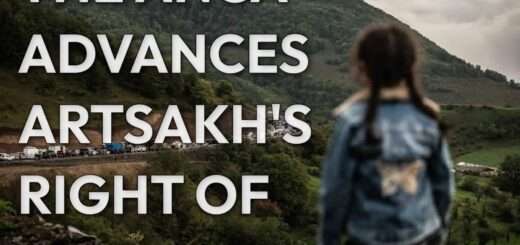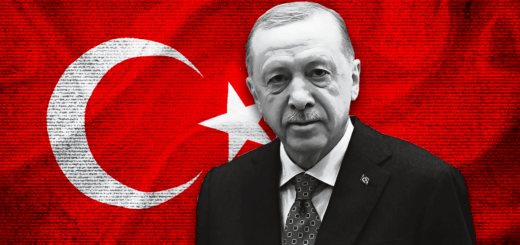Crash Course on Armenia and Armenians

By Okhuz Donuz
“Turkish Airlines will launch direct flights from Istanbul to Yerevan,” recently reported th
Welcome to this historic flight. Istanbul to Yerevan is 1,315 Kilometers or two hours and ten minutes flying time.
The origins of the Armenian people are murky. Did they migrate from Albania or, as some Turkish scholars say, they are Phrygians who left their homeland and migrated east to what is known nowadays as Armenia? Despite its ancient age, Armenia became independent only in 1918. But it soon decided to merge into the Soviet Union. When the latter disintegrated, Armenians declared independence.
Armenians and Turks have a long and mutually beneficial history: Turkish Armenians have, for hundreds of years, benefited with the liberal policies of the Ottoman sultans. For one thing, they were allowed to practice their infidel (gavoor in Turkish) religion. When you travel in Eastern Turkey and in the Hatay province, you will see their churches which have been damaged by earthquakes.
One of the most famous, if not the most famous Turkish Armenians is Matild Manukyan of Istanbul who, for six consecutive years, was the highest-tax paying citizen of Turkey. How did she amass her incredible wealth? She was a madam, a brothel owner. She owned 37 brothels, 500 apartments, 70 business centers, 200 houses in the resort town of Yalova, three hotels in Antalya, 10 villas in Northern Cyprus, a fleet of 228 taxis, a brand-new Rolls-Royce, and three Mercedes and BMW vehicles, plus a yacht. Her fabulous wealth—rooted in an immoral business—illustrates innate Turkish generosity, liberalism, and tolerance of non-Turkic gavoor citizens.
Soon we will land at Yerevan’s international airport. It’s a little architectural gem whose name I will not spell because it is perhaps 25-letters long.
Armenia is famous for its churches. In a country of fewer than 3 million people, there are 4,000 churches and monasteries. Pull out your pocket calculator and find out how many believers are there per church.
The profligacy of the churches is ironic because fate—another word for Allah—has not been kind to Armenians.
–Republic Square. It’s the center of Yerevan. Built during the Communist regime, it has brutalist architecture. It also look like a toy town because of the pink stones used to build the square.
–Datev Monastery. To reach the 10th century religious center, one has to ride the cable car. Armenians say that it’s the longest in the world. It was built by Austrians.
–Echmiadzin. Supposedly, the religious center of Armenians, it was designed by Massih…Christ. It’s the “Vatican” of the Armenian Church but not as impressive as the center of world Catholicism.
–Khor Virab. Yet another church, the founder of the Armenian Church was imprisoned in the church’s crypt for more than a dozen years. A visit to Khor Virab is chancy because close to it is the Medzamor nuclear center which provides a high percentage of Armenia’s electricity.
–Armenian Genocide Memorial. This is a depressing place with gory and unverified photos of the supposed victims of a supposed long ago genocide.
–Cafesjian Centre for the Arts. The founder’s name (Cafesjian) means cage in Turkish, testifying to the Turkish origins of the American art entrepreneur.
–Cuisine. To be kind, Armenian cuisine is unimaginative and can be illustrated by one word: “khorovadz.” It’s basically large chunks of burned flesh. In recent years, Lebanese and Syrian Armenians, who have immigrated to Armenia, have enriched Armenia’s cuisine by introducing such Turkish dishes as lahmajoun, hariseh, taboulleh, pilav
–The Cascade Steps. This is a spectacle of endless steps in Yerevan. It is punctuated by modern art created by Armenians and foreigners.
–Vernissage in Yerevan is a glorified flea market despite its fancy French name. It’s a fun place where you can buy everything from Siberian hats to old Bibles.
P.S. All Armenian last names end with “yan” or “ian.” Armenians have maintained this strange habit for centuries. One could say it’s unimaginative while another person could say it reflects Armenian consistency.
We wish you a happy stay in this stamp-size country. It’s not Switzerland. But what is?





